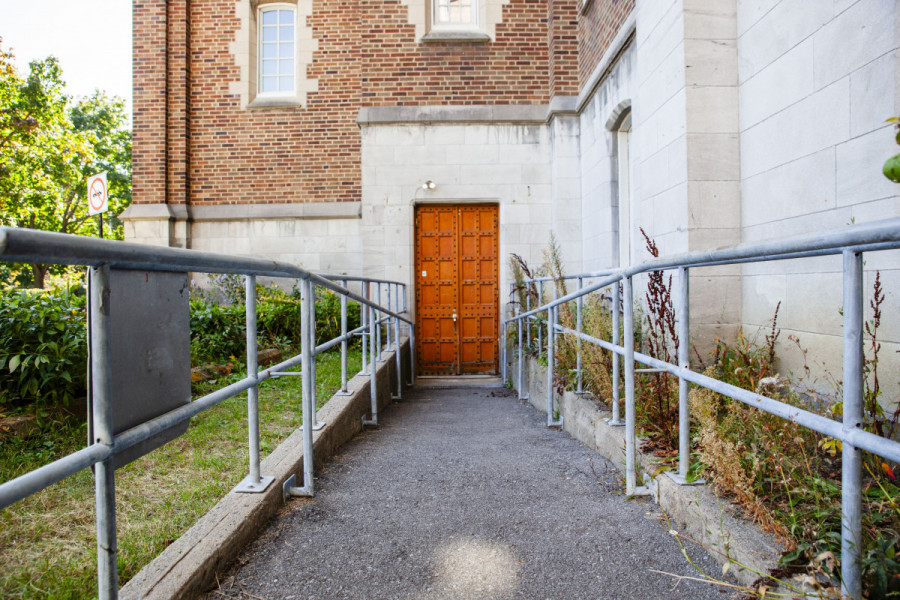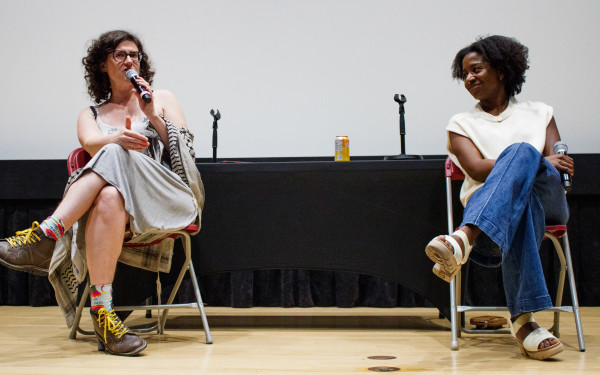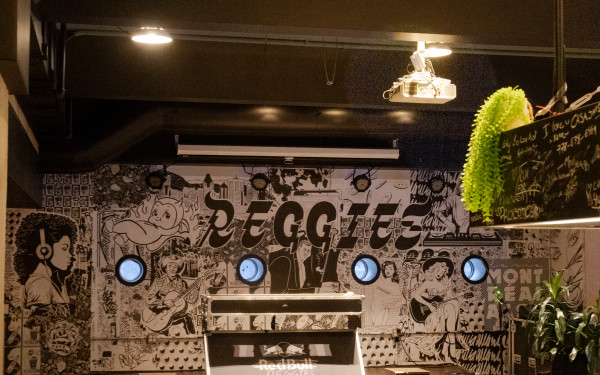Concordia’s lack of accessibility information is unacceptable
Students with disabilities’ access to the university needs to be a top priority
As a new student at Concordia, one of my first tasks was to pick up a student ID card from the Loyola Landing in the AD Building. This process should have been straightforward, but the lack of information about the building’s accessibility proved frustrating.
Trying to determine how I—a student who uses a wheelchair—could enter the building and collect my card took more effort than is reasonable and did not make me feel welcome at Concordia.
Rather, my experience of trying to find accessibility information made me feel as if Concordia doesn’t want, nor considers, students with disabilities. It also left me questioning the role of the Access Centre for Students with Disabilities (ACSD) and the Equity Office.
Searching for information
Searching Concordia’s online map showed me that the AD building was—in some way—accessible. It is marked with a pictogram of a static wheelchair, a symbol often used to denote wheelchair accessibility.
However, there was no additional information available nor any explanation of how Concordia uses this symbol.
I emailed the ACSD to ask about accessibility, thinking that they were the group on campus to facilitate access to the university for students with disabilities. I was hoping to learn where the ramp, automatic doors, and elevators were located for the AD building, and where I could find accessibility information in general.
The ACSD told me to contact Facilities Management.
When I emailed Facilities Management, I was told that the AD building is wheelchair accessible, and that at the main entrance there is a wheelchair ramp on the left side of the staircase.
I was also told that Facilities does not have a condensed list of locations of automatic doors, ramps and other crucial information for all buildings and that my option would be to contact security with individual requests.
A lack of information
I find it unacceptable that I have to request information on each and every building I need to enter and that there is no list of accessible information available to me.
I was shocked that the ACSD could not (or would not) provide this information, and even more so when I went to pick up my student card, as the route I had to take passed their Loyola office.
Continuing to look for this basic information, I attended the Student Service Station to ask how to find universal access and barrier-free wayfinding information. I was connected to the ACSD, where the advisor told me he had no information. He told me to email the Accessibility Services Specialist at the ACSD.
When I reached out to her, I was again told there are no up-to-date maps nor listed information. I was informed that if I registered with the ACSD, they could provide an accessibility tour. I was also connected to the Equity Office.
Again, I was surprised and disappointed that the ACSD did not have this basic information, or was not willing to provide it unless I was registered with them.
I wondered how Facilities had answered my questions, and how the ACSD provided accessibility tours—it seemed this information on accessibility is available, but they are choosing to gatekeep it.
The Equity Office told me accessibility was a priority, but was unable to provide neither information nor a timeline on when such information would be available. This lack of accessibility information is unacceptable.
The location of ramps and the existence of elevators is not information that should be hidden nor guarded. This information should be easily available on campus maps and in building descriptions.
At a minimum, there should be signs indicating where ramps are located, accessible doors should be clearly labeled and barrier-free routes marked.
Concordia talks a lot about equity, diversity and inclusion. Accessibility needs to be paramount in these conversations. I cannot be included—let alone treated equitably—if I cannot access my university.
This article originally appeared in Volume 44, Issue 3, published October 3, 2023.


_600_832_s.png)




